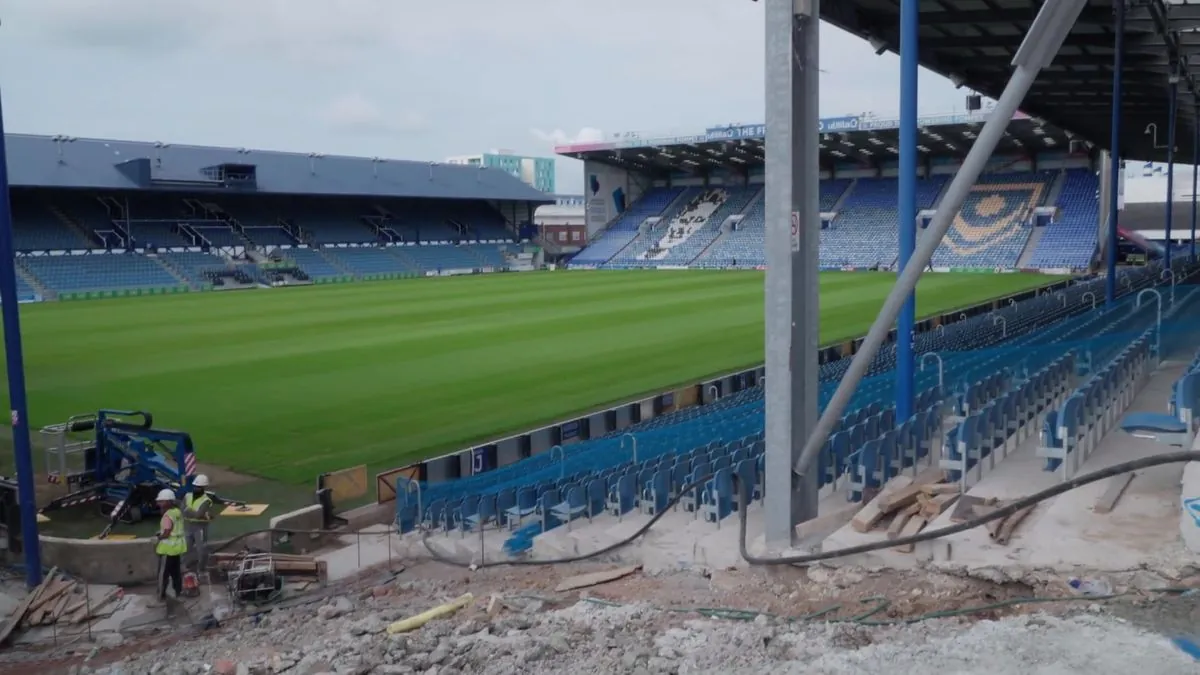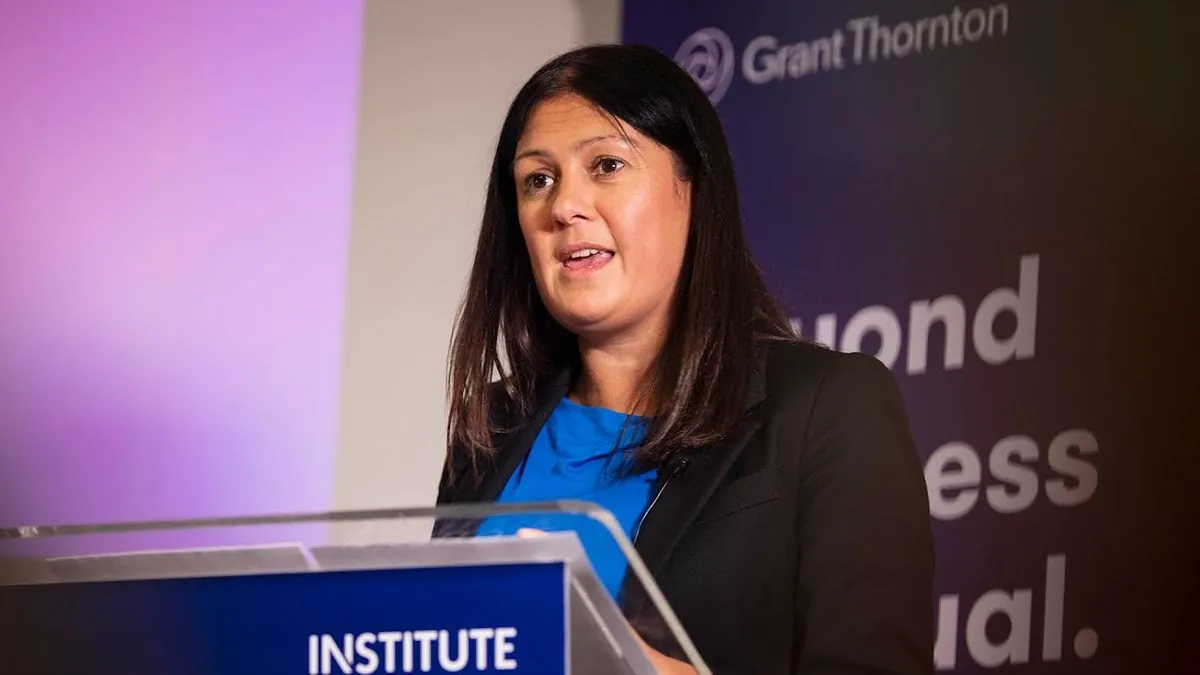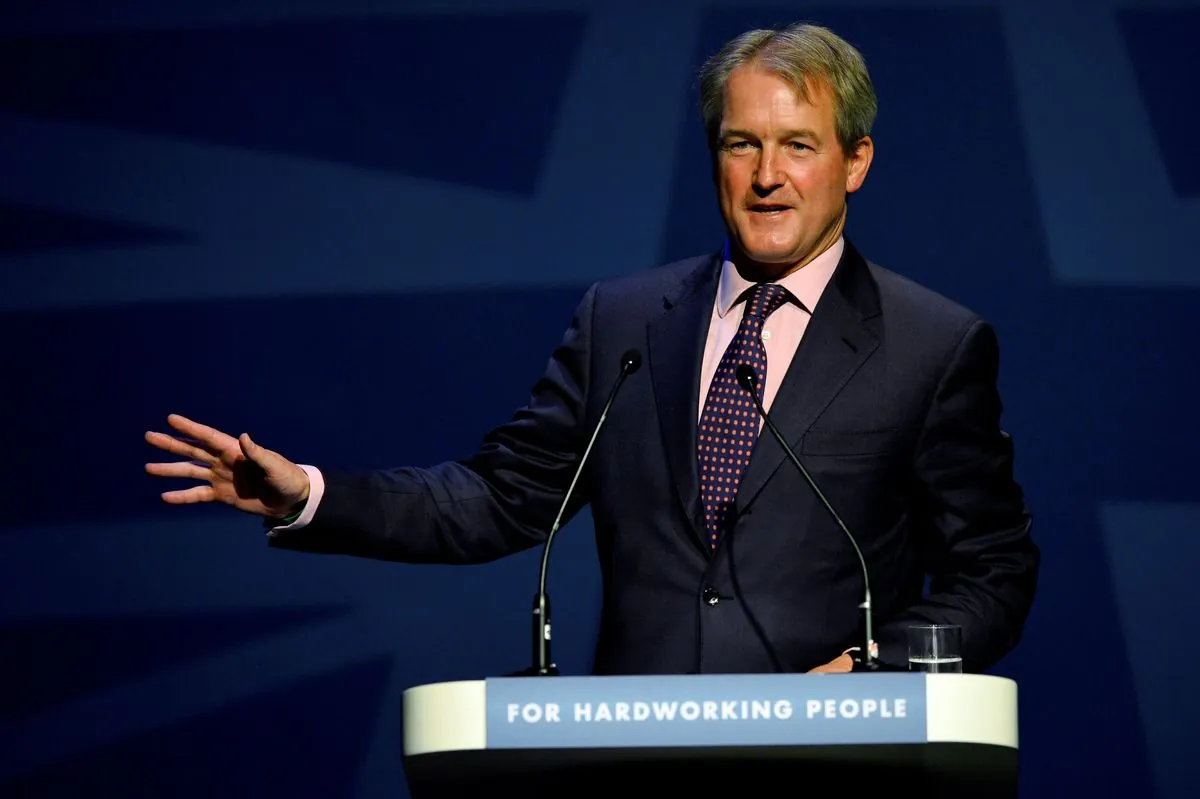Portsmouth's Housing Crisis: A Microcosm of Britain's Affordability Struggle
Fratton West in Portsmouth tops England and Wales for housing benefit recipients, highlighting the UK's escalating housing crisis. As social housing declines and private rents soar, government support costs balloon, revealing systemic challenges.

In Fratton West, Portsmouth, a stark illustration of Britain's housing crisis unfolds. This area, part of the Charles Dickens ward, has the highest proportion of housing benefit recipients in England and Wales, with 25.4% of residents receiving support.
Greg, 42, exemplifies the struggle many face. After battling alcohol addiction, he's now sober but living in his mother's spare room. Despite his desire for independence, he's told he's not a priority for council housing.
"The council said that as I have access to a kitchen, a bathroom and my own bedroom, I'm not a priority."
Britain's housing support costs are projected to reach £35.3 billion in 2024, a 39% increase since 2018/19. This surge reflects a broader crisis: insufficient social housing coupled with skyrocketing private rents.
The roots of this crisis trace back to the 1970s when Portsmouth's dockyard industry began declining. Rev Bob White of St Mary's Church notes, "The whole cycle of generational employment was suddenly broken." This economic shift left a legacy of low aspirations and complex socio-economic challenges.

Martin Jennings, 49, represents another facet of the crisis. Despite working, his zero-hours contract job often leaves him reliant on Universal Credit to cover his £420 monthly rent for a room in a shared house. His situation is increasingly common, with a third of Portsmouth's council tenants working yet still needing benefits.
The national rental market has seen unprecedented growth, with annual rent increases peaking at 9.1% in March 2024. In Portsmouth, the increase reached 14.8%, far outpacing wage growth.
This crisis stems from a significant shift in Britain's housing stock. Since the 1970s, there's been a move away from social housing towards private rentals. The proportion of social rent homes in England fell from 29% in 1967 to 16% in 2022. Simultaneously, the private rental sector doubled in size since the early 2000s.
Government policies aimed at increasing home ownership, such as the Right to Buy scheme introduced in 1980, inadvertently contributed to the current situation. While home ownership rates increased from 55% in 1979 to 71% in 2003, the lack of replacement social housing created new problems.
Recent attempts to ease housing pressure by targeting buy-to-let investors have had unintended consequences. Measures like the 2016 stamp duty surcharge and phasing out of mortgage tax relief have led some landlords to sell, potentially exacerbating the housing shortage.
Potential solutions face significant challenges. Angela Rayner, Deputy Prime Minister, promises "the biggest boost to social and affordable housing in a generation." However, housing associations, now responsible for most social housing construction, face financial strains due to building safety costs and rent caps.
Clare Miller, CEO of Clarion Housing Group, emphasizes the need for government grants to support new development. Without substantial public investment, Lord Best warns, "The struggle will continue."
The economic implications are profound. As Tom Wernham of the Institute for Fiscal Studies notes, "If they're going to be incentivized to work, people need to be able to afford to live where the jobs are."
For millions like Martin Jennings, the future remains uncertain. "I just get through each week as it comes," he says, encapsulating the ongoing struggle faced by many in Britain's challenging housing landscape.


































